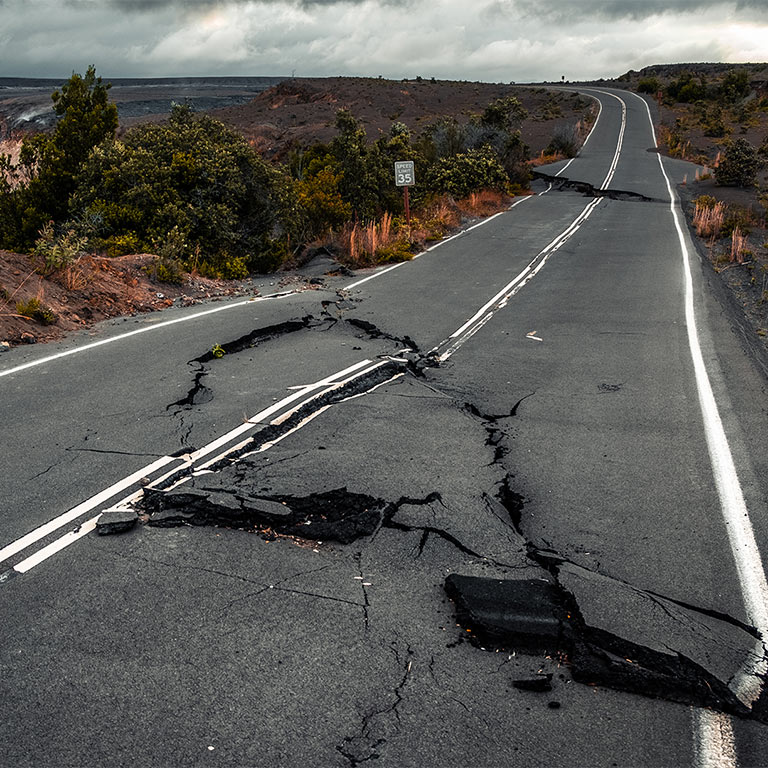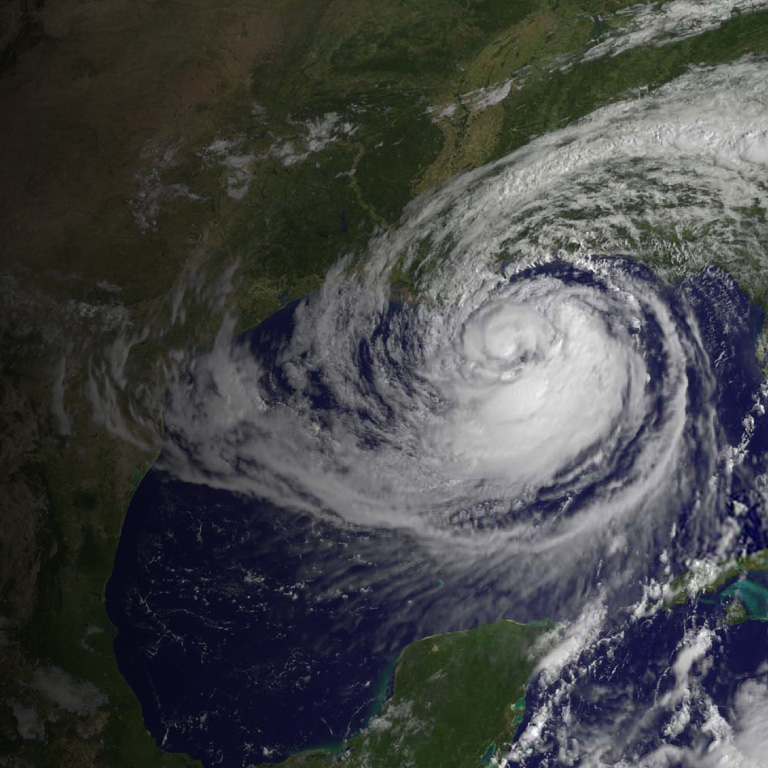Major natural catastrophe loss events — such as wildfires, storms, floods, or earthquakes — can threaten lives, displace people, disrupt operations, and leave behind significant destruction. In the wake of a natural catastrophe, organisations and communities should first take action to protect human life and help individuals who may have been injured or displaced. And then, when it is safe to do so, begin the claims process.
The claims process can be complex and complicated depending on the nature of the event, the coverages touched, and the stakeholders involved. However, the process can be streamlined so that there is a smooth and timely recovery.
Early preparation is critical
When there is advance warning of a potential natural catastrophe, for example an incoming major storm, the risk management and claims process must start before the event. This can help you to take appropriate measures to preserve and protect your properties from damage, whenever possible, reroute supply chains, and alert brokers and insurers of potential losses.
Once the disaster no longer poses an immediate risk, your company’s senior leaders and risk managers will have the task of stabilising the property and making it safe so that an initial damage assessment can be carried out.
You can then start to evaluate the damage to your properties and determine how accessibility and service interruption issues may impact your operations in the short and long term. Comprehensive information will be critical in evaluating potential losses and making a timely claim with your insurer.
8 post-loss actions to manage your claim
As you start to manage your organisation’s recovery, you should consider the following actions to help streamline the claims process.
- Prove your losses. Policyholders will be responsible for providing evidence that proves that the damage suffered and losses sustained, were due to the disaster. It is important to capture visual proof. Take photos of damaged properties or any obstructions that are keeping your people from entering your properties, such as downed power lines that lead to road closures. Images captured by drones, aerial vehicles, satellites, and other visual intelligence sources can provide critical information about damages sustained to properties that remain inaccessible. These details can help you establish the extent of your losses and help you start the insurance claims process.
- Preserve damaged property. Unless there are safety concerns, it is important to refrain from removing or modifying any damaged property or equipment until your insurer’s loss adjuster is able to visit the site and carry out an assessment. If there are safety concerns that require damaged items to be moved or removed, make sure that you first take photos of the items and surrounding area. Further, unless otherwise instructed by government authorities or your own safety personnel, keep all damaged property in temporary storage until it can be inspected by a loss adjuster. This highlights the importance of being prepared to mobilise adjustment teams to the site as soon as there is safe access.
- Estimate your losses. Based on visual and other information, start to document best and worst-case loss estimates. Set up accounting codes that allow you to capture and present your claim in a logical format that follows the policy coverages provided. Now is also the time to review applicable coverages with your claims team to ensure all areas of potential coverage are considered. Aside from calculating replacement costs of damaged or lost property, consider the long-term business impacts. For example, how long will it take before you can go back to normal operations? And how much will it cost to move some or all operations to another location? Share this information with your insurer.
- Get quotes in writing. As you start to determine the repair and replacement costs, insist that vendors provide quotes in writing. This should apply to both temporary repairs intended to stabilise your properties and allow you to restart or continue operations and long-term repairs.
- Establish communication protocols. Immediately establish communication protocols with your insurers’ adjustment teams. Keep detailed notes of all conversations with insurers, contractors, or, when applicable, officials who provide updates on accessibility. Documenting your discussions reduces the risk of misunderstanding or incorrect assumptions. It is also important to document any orders (including maintaining emails) from the authorities to evacuate your properties, retain proof of any road closures making your properties inaccessible, and service interruptions, such as power outages. Create a request for information — also known as RFI — tracking document that identifies all requests from insurers’ adjustment teams, identifies who is responsible to provide the information, and the date the information was provided.
- Retain proof of all costs. Keep documents that support all costs related to the recovery process, whether they are purchase orders, work orders, or overtime paid to employees who assist in the recovery process. Document any costs associated with business continuity and justify their need. These may include using alternative suppliers when your existing ones have been impacted by the disaster or relocating your operations to another location. Track time that your people spend on gathering data to support your claim, especially overtime or the hiring of temporary employees. External information, such as media reports of road closures, may also help support your claim.
- Identify issues as soon as they arise. Every claim will involve issues or questions throughout the process. Address these with insurers as they arise and seek agreement on them as soon as possible. This approach will help minimise disputes at the end of the claim process.
- Properly prepare your claim. Insurers will be looking to the insured to present a fully documented claim as part of the adjustment process. The claim preparation and insurer audit processes will require a significant amount of supporting information, often rendering them tedious and time-consuming. Note, however, that your policy may include reimbursement for claim preparation costs. This would typically include retaining forensic accountants to assist your team with preparing a claim model and complying with insurer requests.
Recovery from a major catastrophe may take time. But it is critical to start the claims process, especially communication with your brokers and insurers, as early as possible. Ensuring that you have all the information to substantiate your losses and any necessary costs to prevent further damage to your properties can help speed your recovery and resume operations.



